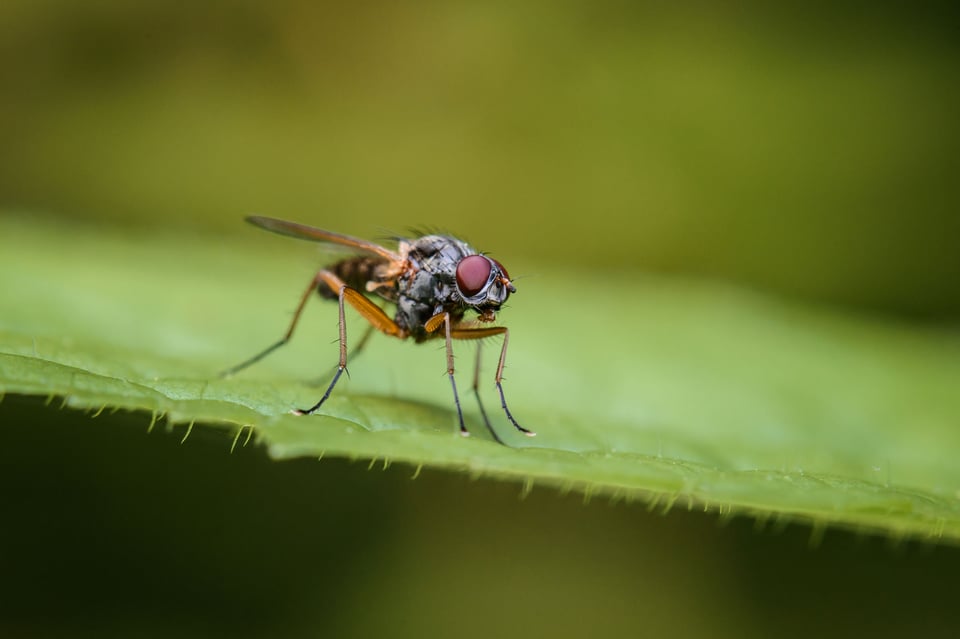Using two rubber clips, I attach a piece of translucent plastic (from a milk carton) to a duct tape ring around my lens hood, and I fire the on-camera flash in its direction. The other light modifiers are supplementary — the reflector on the bottom of the lens hood fills in shadows, whereas the reflector above the flash helps bounce more light towards my subject. This kit packs flat, and it doesn’t lose as much light as most diffusers. Below is a sample image:






تعليق